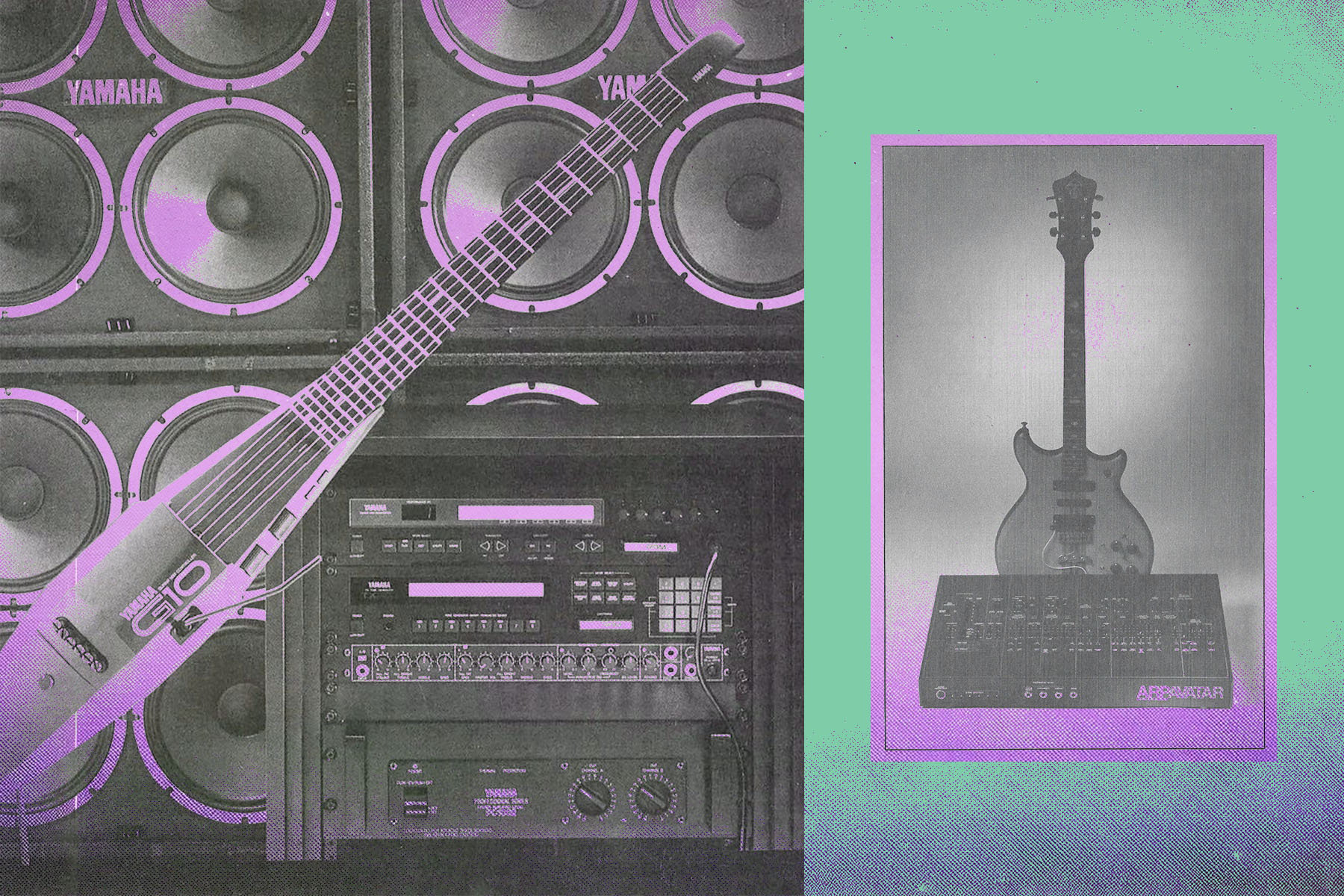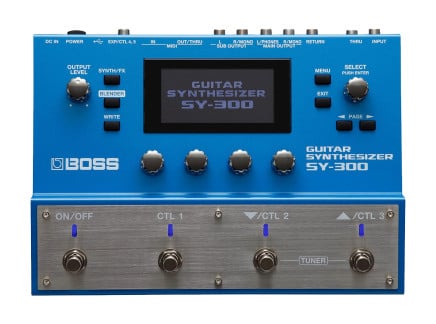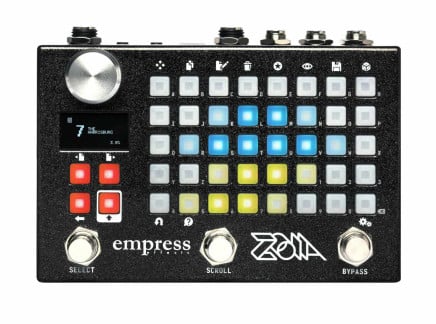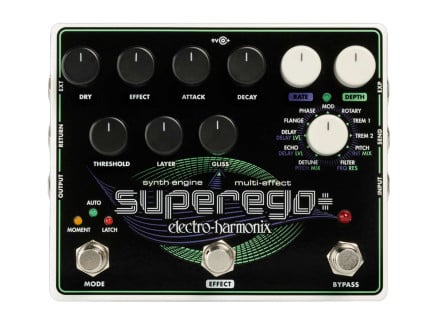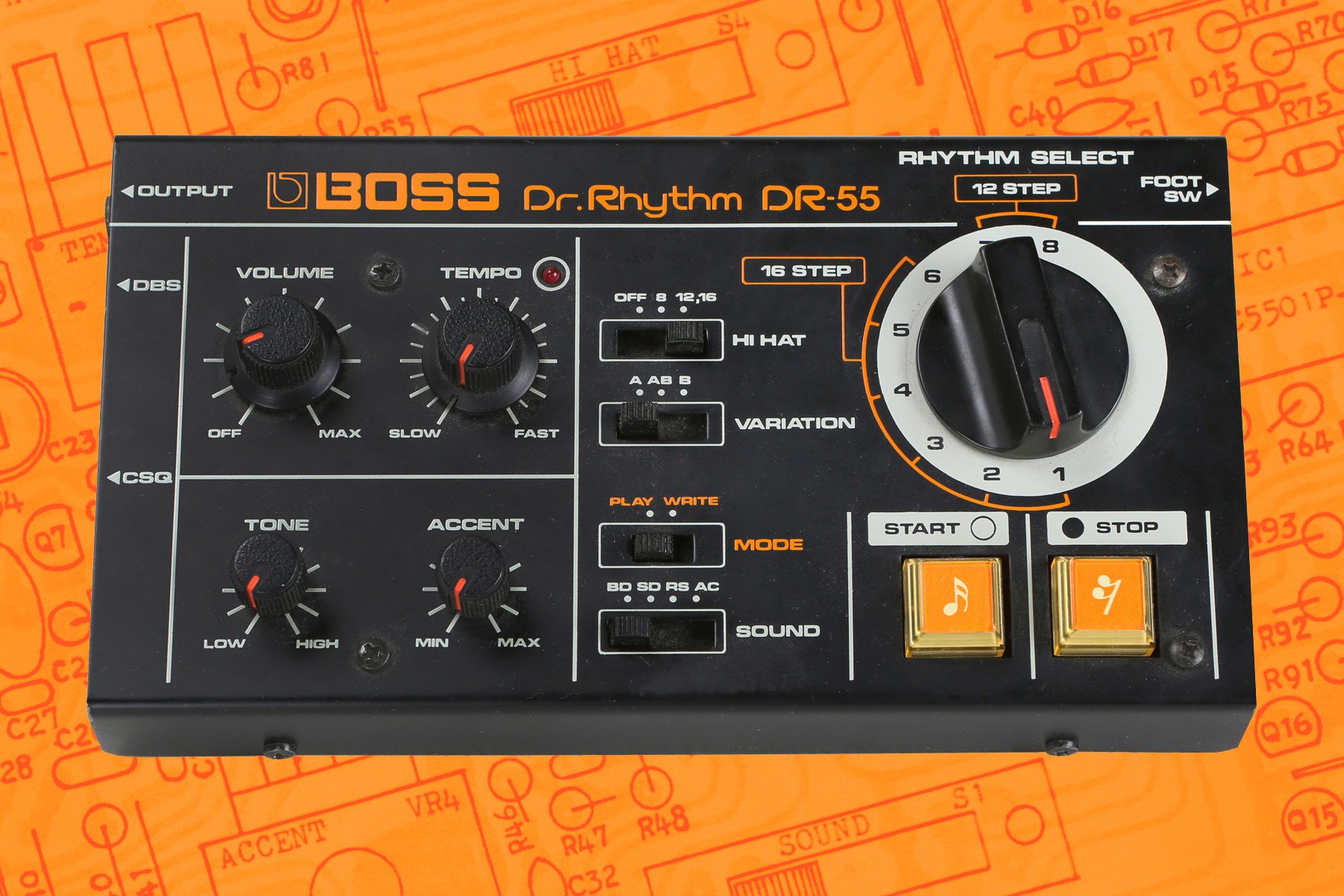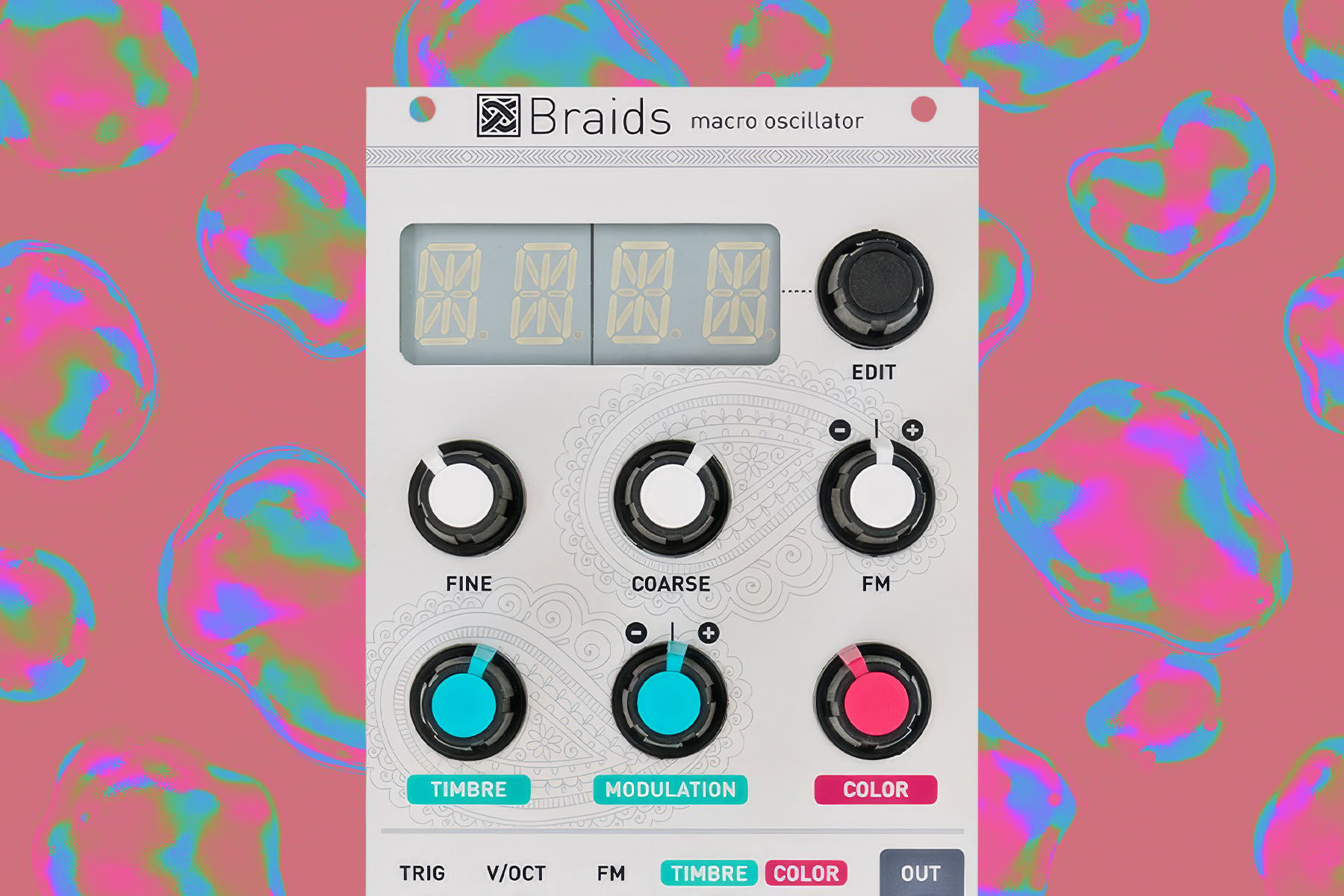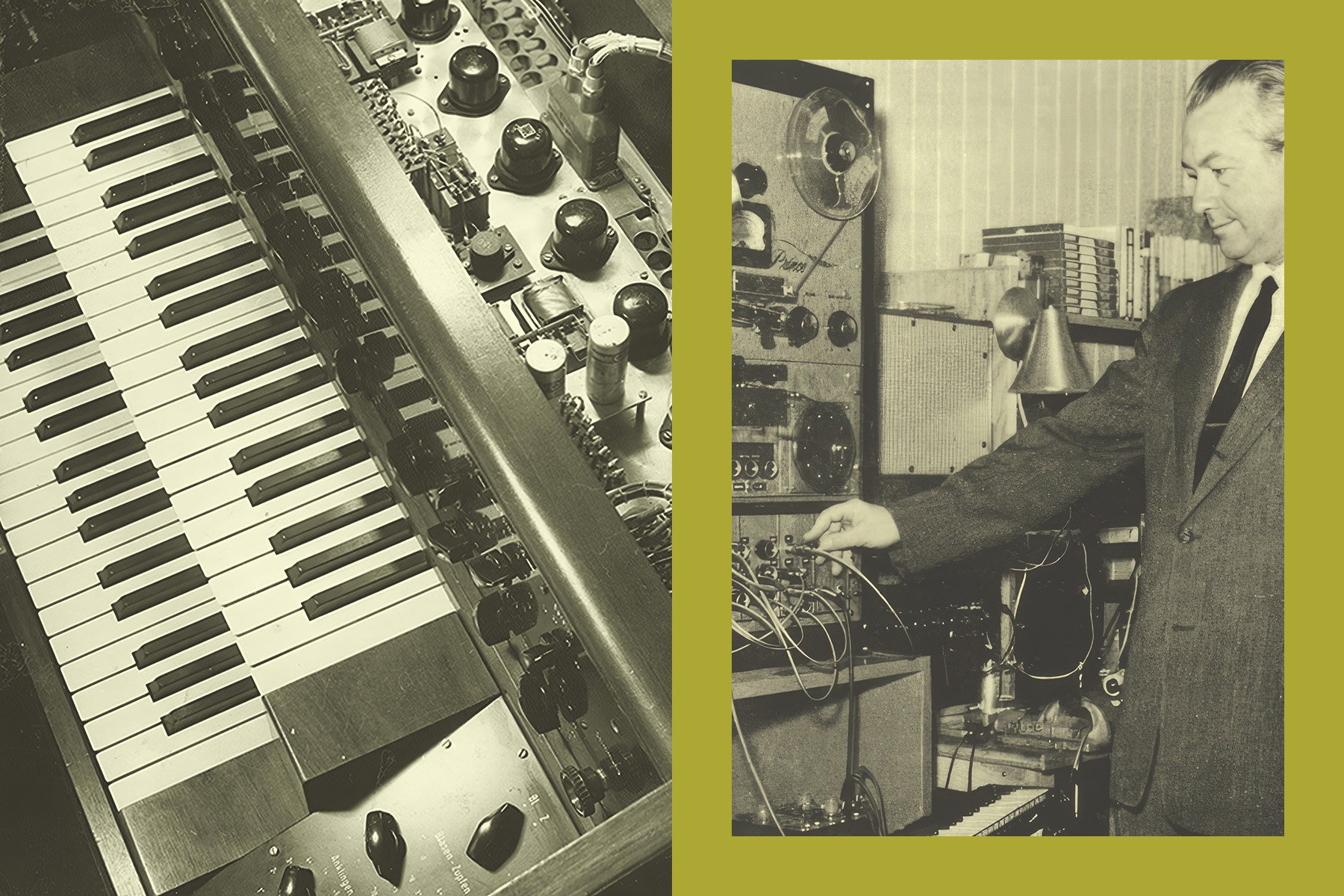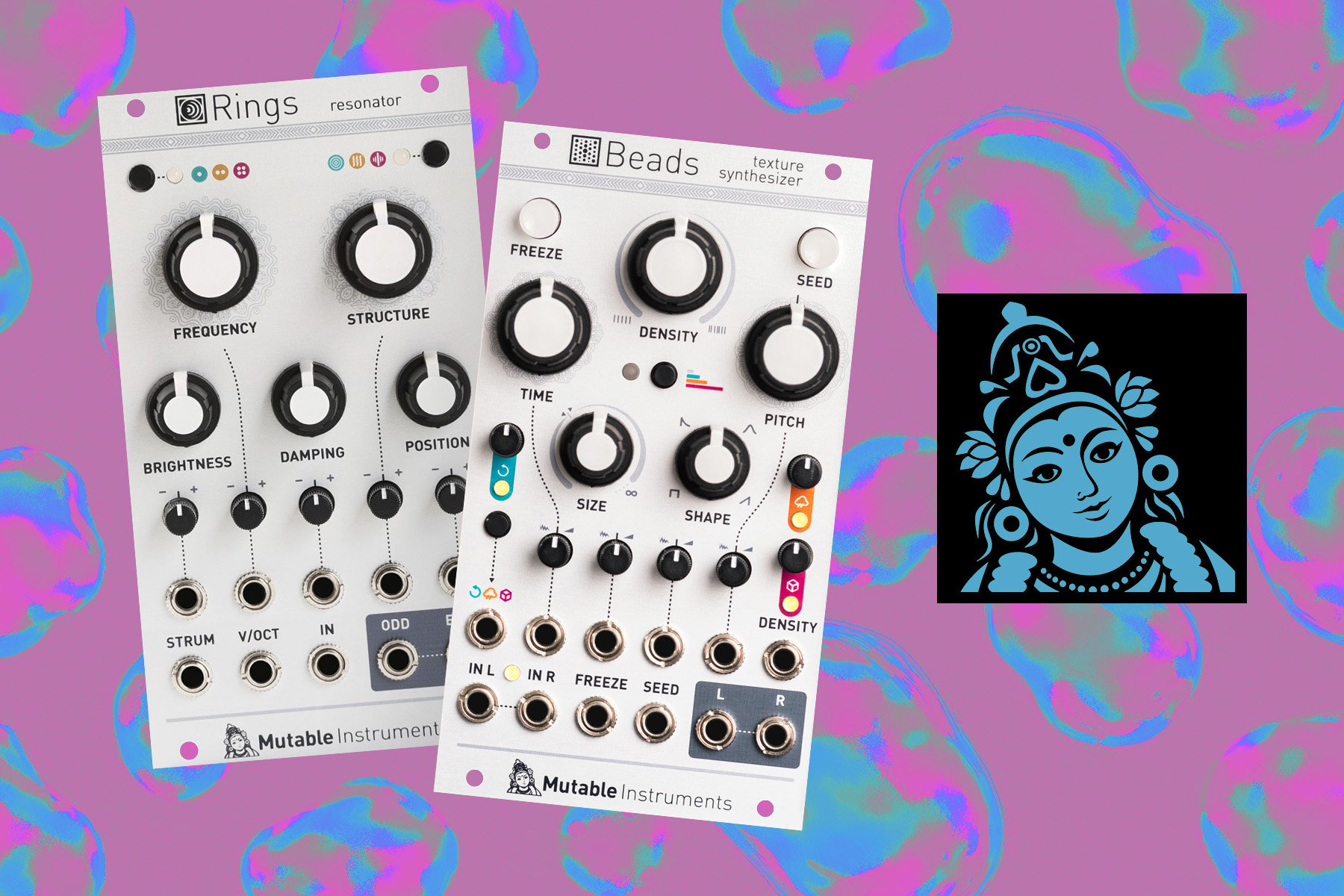Electric guitars and synthesizers have significantly shaped the musical landscape throughout the 20th century. More than just tools for musical expression, they have redefined musical norms and broadened the spectrum of musical sound. Each has become a staple for various generations, serving as both an instrument and a medium for challenging traditional conceptions of music. Their impact stems from their sonic versatility, functional flexibility, and accessibility. Guitarists have broadened their sound palette with diverse effects and playing techniques, while those engaged with synthesizers have unlocked the potential to create entirely new sounds.
The history of music technology has seen a notable evolution, particularly with the advent of guitar synthesizers in the 1960s and 1970s—a time of significant experimentation and innovation. This article explores the evolution of guitar synthesizer technology, tracing its journey from the early analog multi-effects processors to today's sophisticated and integrated systems. We will delve into both classic and experimental methods that merge the resonant qualities of strings and pickups with the expansive world of electronic synthesizers, starting with a definition of what exactly a guitar synthesizer is.
So What is A Guitar Synthesizer?
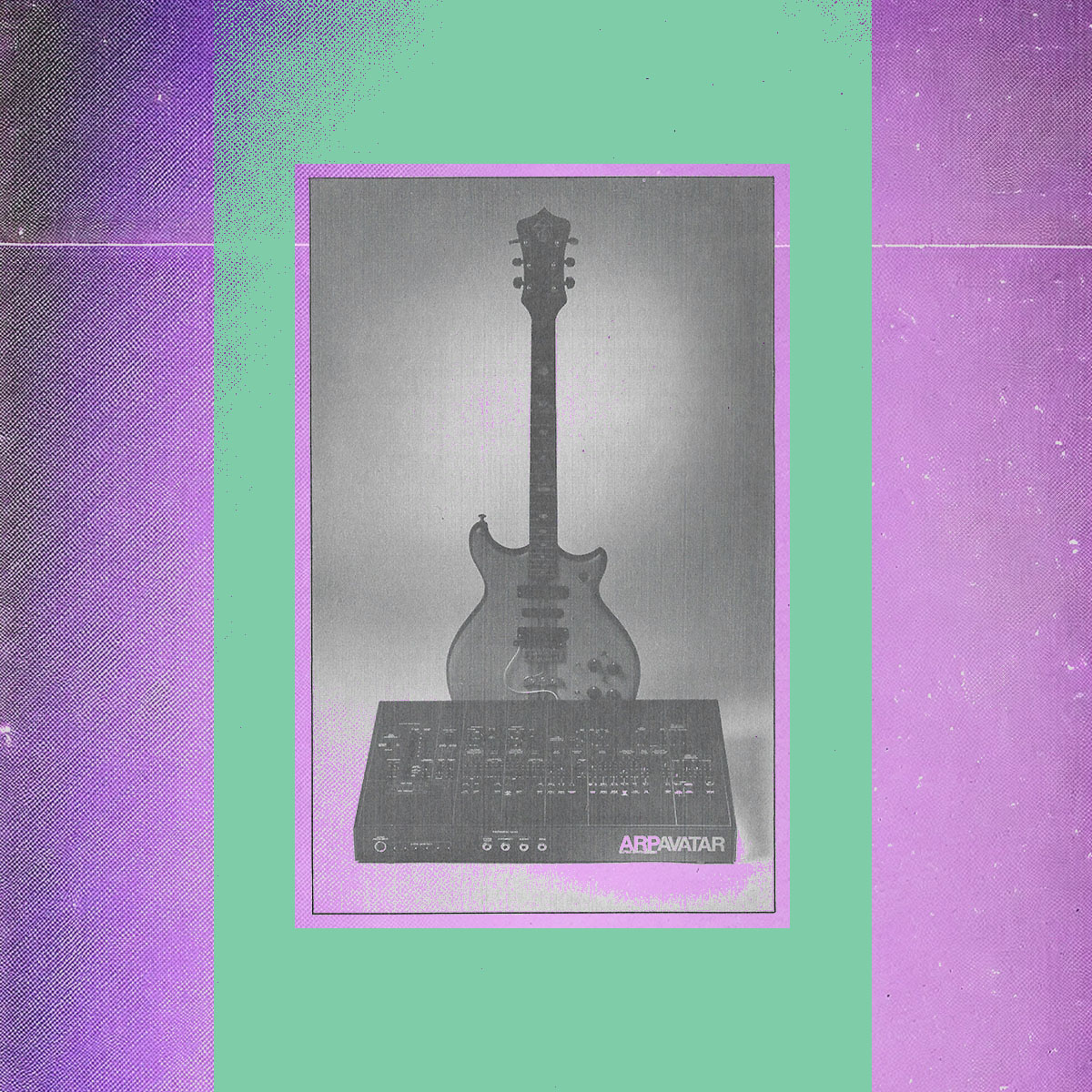
At its core, a guitar synthesizer is a device that converts guitar audio signals into formats usable by synthesizers, either as analog control signals or digital data. This technology has evolved to include not only specialized guitars for synthesis but also MIDI controllers shaped like guitars and effect pedals compatible with traditional guitars. Essentially, there are two primary methods in this technology. The first, more prevalent method analyzes the guitar's audio for frequency, amplitude, onset, and other characteristics to trigger and control synthesizer sounds. The second method uses a specialized scanning fretboard as a complex matrix to detect finger placement and string vibrations. In this article, we will explore both approaches and highlight instruments that exemplify these techniques.
Early guitar synthesizers were often bulkier and less precise compared to today's more streamlined and accurate models. However, these initial excursions into merging guitars and synths established the basic framework for current technology, and many concepts from those early days remain relevant and influential. Next, we will delve into the history of guitar synthesizers to understand the evolution of these remarkable devices.
The Early Days Of Guitar Synthesizers: 1960s–1970s
The genesis of guitar synthesizers traces back to the 1960s and 1970s, an era brimming with musical experimentation and innovation. Pioneering this movement were instruments like the Vox Guitar Organ, developed in 1965 by England-based Jennings Musical Industry, and the 1967 GuitOrgan by Murrell Electronics in Texas. These instruments, with their segmented fret systems, allowed for organ sounds to be triggered by individual guitar strings. Furthermore, the guitars were outfitted with a collection of knobs and switches, providing players with flexible means to alter the organ sound. This design was revolutionary, particularly in its concept of using guitar techniques to play another instrument, which directly influenced the development of future guitar synthesizers.
In 1971, David Cockerell, the legendary designer engineer behind many later Electro-Harmonix products, while still working for Peter Zinovieff's EMS company, developed the Synthi Hi-Fli. The original advertisement for the device referred to it as a guitar synthesizer; however, in reality, it was an analog multi-effects unit. It featured a top boost, an octave shifter, a frequency shifter, a ring modulator, a fuzz, and a comprehensive phase filter module. While the Synthi Hi-Fli was not a guitar synthesizer per se, it certainly represented a step in that direction. Musicians such as David Gilmour, David Bowie, and Brian Eno used it to create some iconically wild and otherworldly tones.
By the late 1970s, the concept of the guitar synthesizer gained momentum. David Cockerell, now with EHX, created the iconic all-analog Micro Synthesizer pedal in 1979.
Even before that, several other young synthesizer manufacturers had started experimenting with the idea. Among these efforts was the infamous Avatar, released by ARP in 1977. This instrument was essentially built around a monophonic analog synthesizer voice, nearly identical to the company's highly esteemed Odyssey. The Avatar represented an ambitious foray into the guitar player market, which was substantially larger than the synthesizer market at the time.
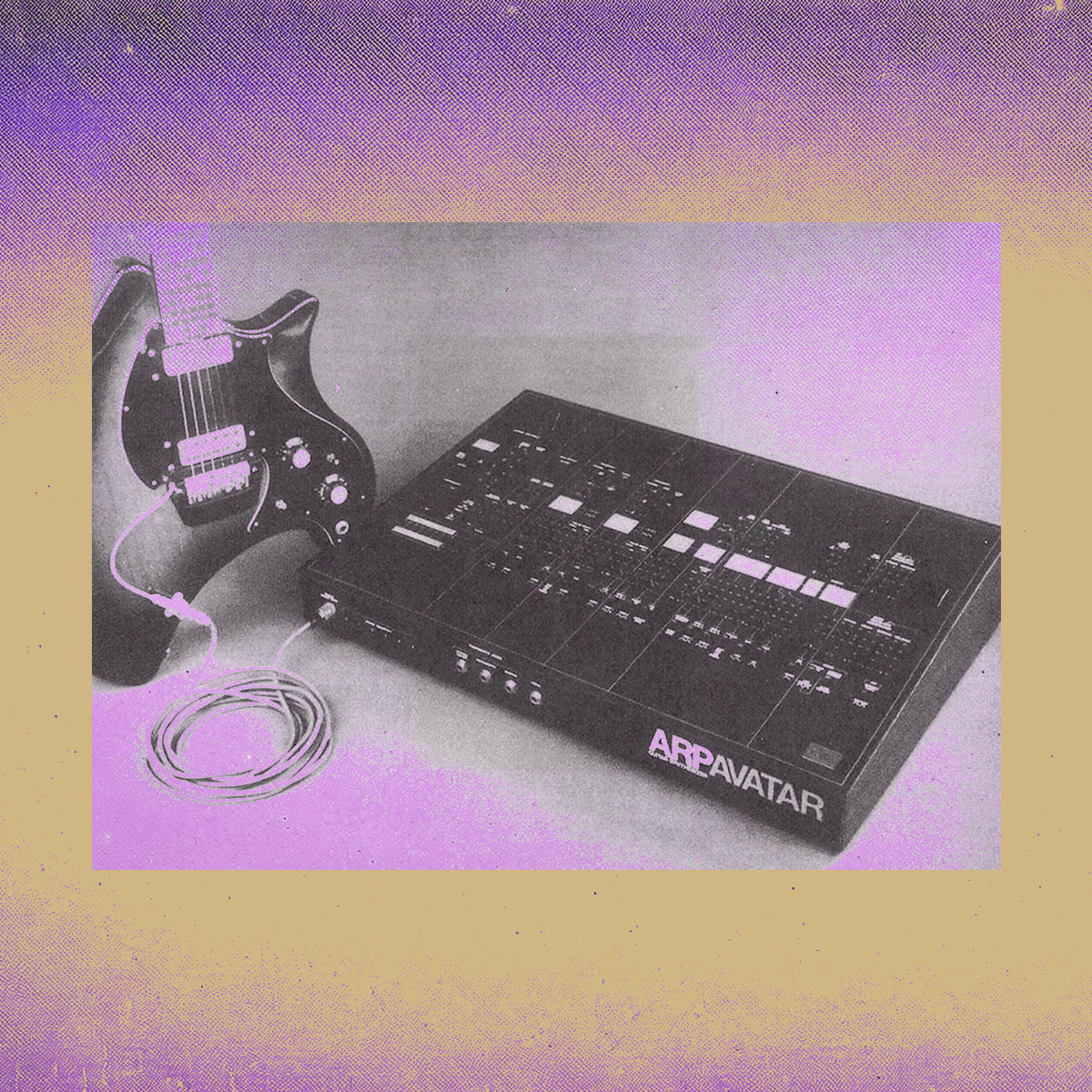
The integration of the guitar with the synthesizer module was achieved through a special hexaphonic pickup, which needed to be installed on the guitar. This feature, capturing the sound of each string separately for conversion to CV (Control Voltage) and Gate signals, would become a recurring element in future guitar synthesizer designs. The Avatar's audio-to-voltage module offered several distinctive features, allowing for a direct guitar sound with options to switch between a clean Hex-Preamp tone and a per-string Hex-Fuzz distortion circuit, yielding a uniquely appealing sound. Additionally, the pickup system was designed to split the top and bottom three strings into separate left and right audio channels, creating a novel spatial effect. Users could also individually select which strings would trigger the synthesizer's main envelope. The module included an envelope follower that could be mapped to control the filter cutoff frequency and the frequency of VCO2 (Voltage-Controlled Oscillator 2).
Despite its innovative design and impressive features, the Avatar had significant shortcomings, contributing to ARP's eventual decline. One major issue was variable latency, fluctuating between a 5ms delay for higher notes to a substantial 40ms lag for lower tones. This lag hindered Avatar's practicality as a real-time, guitar-controlled synthesizer. Nevertheless, the device still found its way into the hands of several experimental artists, including members of the BBC Radiophonic Workshop, and notable musicians like Steve Howe, Jimmy Page, and Pete Townshend. Despite its flaws and short-lived presence, the Avatar remains a significant milestone in the history of guitar synthesizers.
Simultaneously, then five years young Roland Corporation also took a pass at guitar synthesizer technology by introducing the GR-500 guitar synthesizer. The complete system included a dedicated synthesizer module and a modified guitar controller. The GR-500 synth module was inspired by Roland's earlier excursions into the world of sound synthesis and comprised Polyensemble, Bass, Solo Synth, and External Synthesizer control sections, which could be switched on and off either on the module or using the switches installed on the guitar controller. The GS-500 guitar controller, co-developed in collaboration with FujiGen, was a modified Les Paul-shaped guitar outfitted with a variety of knobs, switches, and a unique pickup system, and it connected to the synth module through Roland's proprietary 24-pin cable. The controls on the guitar were principally dedicated to adjusting the relative volumes of the various sections of the synth module. Notably, the GS-500 guitar lacked a standard 1/4" guitar output, making it entirely dependent on the GR-500 synthesizer module for functionality.
One of the hallmark features of the GS-500, as part of the Roland GR-500 guitar synthesizer system, was its advanced infinite sustain system. This was achieved through an electromagnetic interaction between the strings and pickups. Large magnets, installed near the guitar's bridge, induced a continuous vibration in the strings. This setup allowed for the effect of infinite sustain, where notes could be held for an extended duration without decaying. The sustain effect was further enhanced by the guitar's electronics, creating a feedback loop that maintained the string vibration. Unlike systems like the Ebow, which focuses on one string at a time, the GS-500's design enabled simultaneous sustain across all strings. The guitar also featured a uniquely designed bridge with plastic saddles, which helped to minimize electrical interference between strings, thus preserving the clarity of the signal for each string. This design was integral to the distinctive sound and functionality of the GR-500 system, contributing to its innovative approach to blending guitar playability with synthesizer capabilities.
Innovative as it was, the GR-500 attracted a good amount of attention from the world of adventurous guitar players, eventually finding its way into the hands of musicians like Robert Fripp, Adrian Belew, Pat Metheny, and Andy Summers. This prompted Roland to see the potential in the technology, and over the next few years, Roland continued iterating on and developing the concept. The second incarnation of the GR-series instruments was the GR-100, released in 1980, which offered a streamlined yet very powerful synth module, as well as a wider selection of guitar controllers including the strat-shaped G505 and G202, SG-derived G303, and a super deluxe-version G808. The marketing campaign for the G505, as well as the varied color floor units, were an effort to make them seem like familiar guitar stompboxes. The synth module itself was a stark deviation from the previous model, and instead, Roland implemented an Avatar-esque hex-fuzz system paired with Roland's lush BBD chorus effect—again more of a multi-effect than a traditional synth.
Later. The GR-300, with its instantly recognizable blue design, came out in tandem with the GR-100 and relied on the same set of guitar controllers, however, the synth module itself was much more tricked out. Known for its warm and organic tones, and exceptional tracking, the GR-300 became a favorite among many guitarists who embraced the convergence of synths and strings.
Released in 1984, the GR-700 was the final word in the dedicated guitar plus synthesizer series before Roland pivoted in their approach to the GR series packaging as a hex-pickup/synth pair. G707, the guitar controller for the GR-700, was a bold design statement from Roland, visually resembling more of a keytar with strings than any previously known guitar. Despite being more accurate in triggering synthesizer sounds, the controller received a fair share of criticism for its cumbersome appearance and overall playability. The synth module, on the other hand, was a significant improvement over the previous models. Essentially a modified version of the JX3P, a six-voice analog polysynth with two DCOs per voice, the device offered true polyphony with an independent per-voice envelope and rudimentary MIDI compatibility. Notably, any Roland guitar controller, except the original GS500, could be plugged into the GR700, offering versatility in controller options.
The Digital Revolution: Guitar Synthesis in the 1980s–1990s
By the mid-1980s, two pivotal elements of guitar synthesizer technology had emerged. The first was the divided hexaphonic pickup, popular for its ability to optimize performance and accuracy. Installed near the guitar's bridge, this pickup improved string separation, captured richer harmonic content with less amplitude, and decreased latency in signal processing. Furthermore, a pickup had proven to be much more convenient and adaptable than, say, a scanning fretboard, as it can be easily installed on and adjusted for an already-existing guitar. This made it a significant advancement in guitar synthesizer efficiency and effectiveness.
The second breakthrough was the introduction of MIDI (Musical Instrument Digital Interface), a universal protocol for controlling electronic instruments. Roland played a central role in the development of MIDI, acting as a catalyst for standardizing communication between electronic musical instruments and contributing their previously developed DCB (Digital Control Bus) protocol as a foundational element in MIDI's design. This contribution was instrumental in shaping how electronic instruments communicate, paving the way for a new era of musical creativity and integration. With only a few exceptions, MIDI has been and remains the central element in guitar synthesizer interaction to this day.
Roland, being at the forefront of the establishment of the MIDI protocol and guitar-controlled synthesis, has carved a spot for itself as the de facto top standard in the technology. However, over the years, a few other manufacturers have realized their vision of a guitar synthesizer, each varied in implementation. One such design was the iconic SynthAxe, developed by Bill Aitken, Mike Dixon, and Tony Sedivy. Unveiled in 1985, the SynthAxe was a fusion between earlier guitar-organs and new Roland-esque MIDI synths.
Unlike standard electric or acoustic guitars, the SynthAxe did not rely on vibrating strings to generate sound. Instead, it featured a fretted neck similar to a guitar for the left hand and a separate set of trigger keys for the right hand, aligned in a guitar-like fashion. The fretted neck determined pitch, with each fret divided into six sections corresponding to six strings, akin to a traditional guitar. When a player pressed these sections, the SynthAxe electronically determined the played note. The right hand would then trigger these notes using button-like keys, replacing the strumming or plucking action of regular guitars. This setup enabled a wide range of synthesized sounds to be produced, controlled, and manipulated with familiar guitar-like techniques. Equipped with MIDI capabilities, the SynthAxe could control various synthesizers and sound modules, significantly expanding the sonic possibilities beyond traditional guitar sounds. Although prohibitively expensive for most musicians, its innovative design and complex technology appealed to forward-thinking and financially sound musicians and experimental composers, notably Allan Holdsworth, Chuck Hammer, Lee Ritenour, and Roy Wilfred Wooten, also known as Future Man.
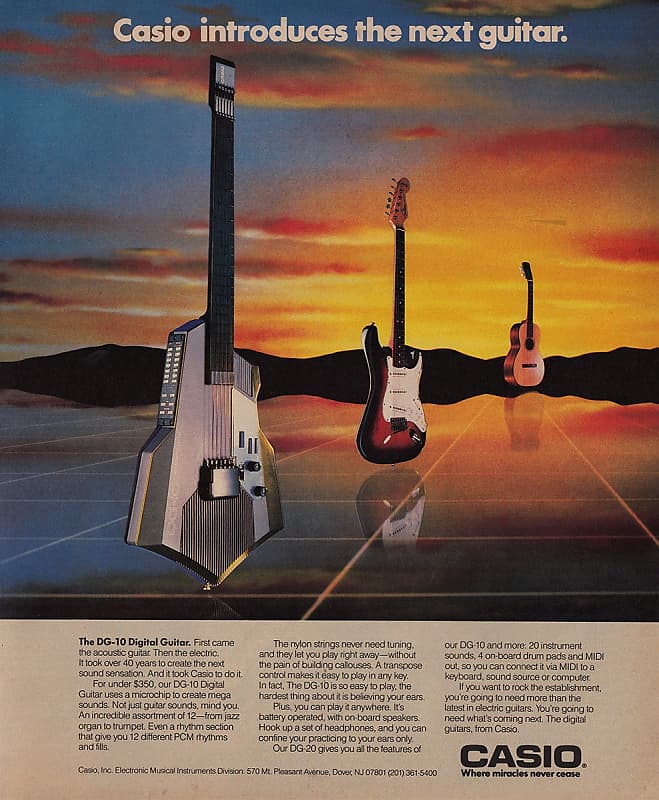
On the other end of the spectrum, catering to the community of adventurous hobbyists and casual players, Casio released the DG-20 digital guitar in the mid-1980s, along with its lesser-known and less feature-rich sibling, the DG-10. The DG-20's design was unique not only in its futuristic appearance but also in the way the technology was implemented. Instead of traditional frets and strings, the instrument featured rubberized buttons along its fretboard and plastic 'strings' that triggered the internal synthesizer rather than producing sound acoustically. The DG-20 offered a variety of built-in sounds characteristic of Casio's electronic instruments from that era, including synthetic guitar tones, and other instrument sounds like piano, trumpet, and synth pads, as well as dedicated rhythmic patterns to play along with. Additionally, the DG-20 included an onboard drum machine and sequencer, allowing users to compose and layer tracks. Harnessing the newly emerged MIDI protocol, the DG-20's capabilities could be extended to control external sound modules and early computer-based digital audio programs. With its affordability, unique functionality, quirky and playful design, lightweight, and portability, the Casio DG-20 has enjoyed significant attention and remains sought after by musicians keen on experimentation.
Another well-known synthesizer manufacturer that ventured into the realm of guitar synthesizers was Yamaha. Introduced in the late 1980s, the G10 represented Yamaha's innovative approach to bridging the expressiveness of a traditional guitar with the vast sound design potential of synthesizers. The complete instrument comprised three elements: the guitar controller, the G10C MIDI converter, and a synth module. Yamaha initially paired the G10 system with TX81Z and TX802 rackmount FM synths, even stocking the modules with a dedicated patch bank. However, the standardized MIDI protocol allowed the controller to be used with any MIDI-capable synth.
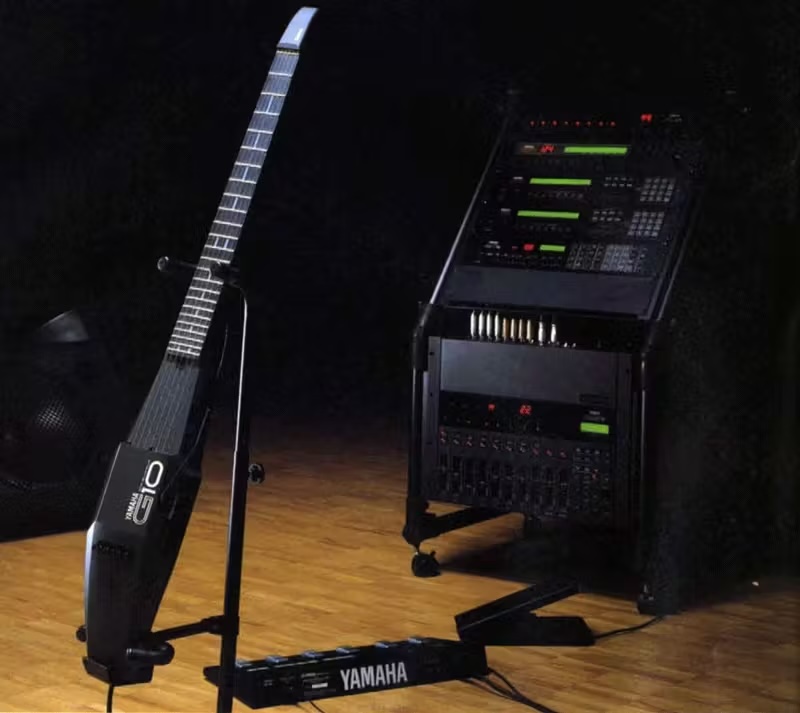
The design of the controller itself is noteworthy. Its sleek, minimalistic shape projected a “welcome to the space age!” sentiment, supported by some of the most advanced musical instrument technology of the era. Aiming for exceptional accuracy, immediacy, and expressiveness, the controller was equipped with various sensors to capture different aspects of the guitar-playing experience. The electromagnetic pickup converted the amplitude of vibrating strings into velocity values. Moreover, each string’s bending was individually monitored by an optoelectronic sensor system. The G10’s unique pitch detection used an ultrasound technique developed by the company, where an ultrasonic signal transmitted along the strings allowed for the precise and instantaneous identification of the fingered fret by analyzing the reflected wave. Expressive control could be further enhanced with a whammy modulation bar, as well as an attachable breath controller. While out of production for decades, the G10 remains a sought-after item on the second-hand market. After the G10 was phased out, there were no serious attempts by Yamaha to create pro-grade MIDI guitars, although the company did develop a pair of budget models, the EZ-EG and EZ-AG.
While all of these innovative instruments played a significant role in the evolution of guitar-synthesizer integration, by the late 1980s it became increasingly evident that one manufacturer was more invested in the project than others—returning us to Roland. In 1986, Roland launched the GK series, introducing the GK-1, an installable divided pickup that could effectively transform any guitar into a MIDI guitar. This invention shaped what constituted ‘a guitar synthesizer’ for the next two decades and continues to be influential. The pickup series was accompanied by a series of dedicated processors including the iconic GR-33, VG-99, and the newer alternatives like the GR-55, Boss GM-800, and Boss SY-1000 (in case you are wondering, Boss is a division of Roland). The VG series, which began with the VG-8 in 1995, introduced the powerful Composite Object Sound Modeling (COSM) technology, allowing for impressive emulations of musical instruments, effects, and amplifiers on a per-string basis—opening up vast possibilities for sonic complexity.
Moving Forward: Guitar Synthesizers from the 2000s Onward
Roland's reign in the domain of guitar synthesizers was occasionally rivaled, though only with sporadic levels of success. In the late 1990s, the German company Blue Chip released the Axon AX100, a guitar synthesizer system comprising a hex-pickup and a dedicated rackmount unit for conversion and synthesis. Noted for its fast and accurate MIDI conversion, the device was short-lived, existing for only a few years. In the mid-2000s, the technology was improved, and the updated Axon AX100 Mk II was released by another German brand, Terratec. Axon also catered to the budget-conscious audience with the streamlined Axon AX50 USB.
Several other companies, at one point or another and with varying degrees of success, attempted to bridge the gap between guitars and synthesizers. For example, in the late 2000s, the guitar-manufacturing heavyweight Gibson introduced the Gibson HD.6X-Pro Digital Guitar. Its high price, coupled with practicality issues such as reliance on a CAT-5 cable for connection and the proprietary MaGIC protocol, led to a lukewarm reception from musicians.
As we entered the 2010s, the power, reliability, and accessibility of digital technology improved dramatically, leading to an increase in guitar-synthesizer / MIDI-guitar solutions. In 2009, the UK-based manufacturer Sonuus started producing the G2M, a modest, budget-friendly guitar-to-synth solution. Presented as a small box with a quarter-inch TS input on one end and a 5-pin DIN MIDI output on the other, the G2M was designed to provide a simple plug-and-play interface for guitarists. However, this simplicity came at a cost—the device was monophonic and only capable of interpreting single melodic lines.
In 2014, the renowned pickup, pre-amp, and amp manufacturer Fishman released the Triple Play, a wireless MIDI guitar system comprising a hex pickup with an embedded transmitter and a flash-drive USB receiver that plugs into a computer, allowing control of any software instrument. Triple Play hit many right notes—it is compact and easy to install or uninstall, transforming most guitars into MIDI controllers. Its reduced hardware and wireless operation, coupled with an affordable price tag, made it especially popular among those predominantly working with software instruments.
In the same year, another notable guitar-synthesizer product was launched, one that has evolved to stand among the most powerful and versatile modern guitar-synth solutions—the Jamstik, designed by Minneapolis company Zivix. Jamstik began with a wildly successful Indiegogo campaign, demonstrating demand for an all-in-one MIDI guitar—an instrument that feels like a real guitar, yet can be used to accurately and reliably play synthesizers. Now available in four variants—the headless Jamstik Studio, the strat-inspired Jamstik Classic, and the more upscale Standard and Deluxe models—Jamstik's distinguishing feature is the consistency of its electronics and algorithms across all models. The internal processors and exceptionally accurate algorithms for note detection and performance detail extraction set Jamstik apart from other instruments in its category. Additionally, Jamstik guitars offer modern and flexible connectivity options, including a standard 1/4" guitar jack, two MIDI outputs (USB-C for direct connection to computers and TRS mini-jack for pairing with analog synthesizers), and wireless control of softsynths via Bluetooth. Furthermore, Jamstik can be configured for MPE MIDI control, allowing for a fine level of translation of guitar-specific expressive gestures into meaningful MIDI control data for MPE-capable instruments.
MIDI-guitar is a comprehensive approach to bridging guitars and synthesizers. The combination of a divided pickup and clever bits of code has proven effective for turning a regular guitar into a synthesizer controller. However, it's important to acknowledge that this is just one approach to integrating guitar synthesis. Analog-style interactive systems between the two instruments can be an exciting endeavor, especially given the rise of modular synthesis in recent years. A guitar can serve as an excellent mediator for influencing synthesizer patches using common functions like onset detection, envelope following, and frequency detection. Modules like Verbos Electronics Real World Interface and Befaco I4 are prime examples of useful components in a guitar-to-Eurorack setup.
The effects pedal world also offers a variety of interesting options for guitar synthesis. This includes updates on classics such as the EHX Microsynth and Mono Synth, as well as new designs like the Boss SY-1 and SY-200. Many independent companies have emerged, creating some of the most advanced synth pedals, including devices such as Enzo by Meris, Keeley Synth-1, Earthquaker Devices Bit Commander, and modular environments like the Poly Effects Beebo and Empress Effects Zoia.
There are also direct software alternatives for guitar-controlled synthesis. For example, MIDI Guitar 2 from Jam Origin is a complete software package, featuring polyphonic MIDI conversion as well as built-in synths and effects. Modular audio programming environments like Max/MSP, Supercollider, and Pure Data offer various options for harnessing guitar signals for synth control. These environments can also extend beyond the familiar audio-to-MIDI realm, opening up tools like machine learning and concatenative synthesis. These advanced techniques enable extraordinary applications for guitar synthesis. For instance, you can train an algorithm to recognize aspects of your playing and map them to synthesizer parameters, or extract a variety of sound descriptors in real time for direct synth control—like onset detection, pitch, pitch confidence, frequency centroid, sound brightness, noisiness, mel-frequency cepstrum, and much more. Concatenative synthesis, a special sound generation technique, creates new sounds by piecing together segments of recorded audio based on various sonic properties and contextual similarities found in the incoming audio. While these techniques are not exclusive to guitar, the instrument's varied sound palette makes it particularly suitable for experimentation.
Strategies and Techniques
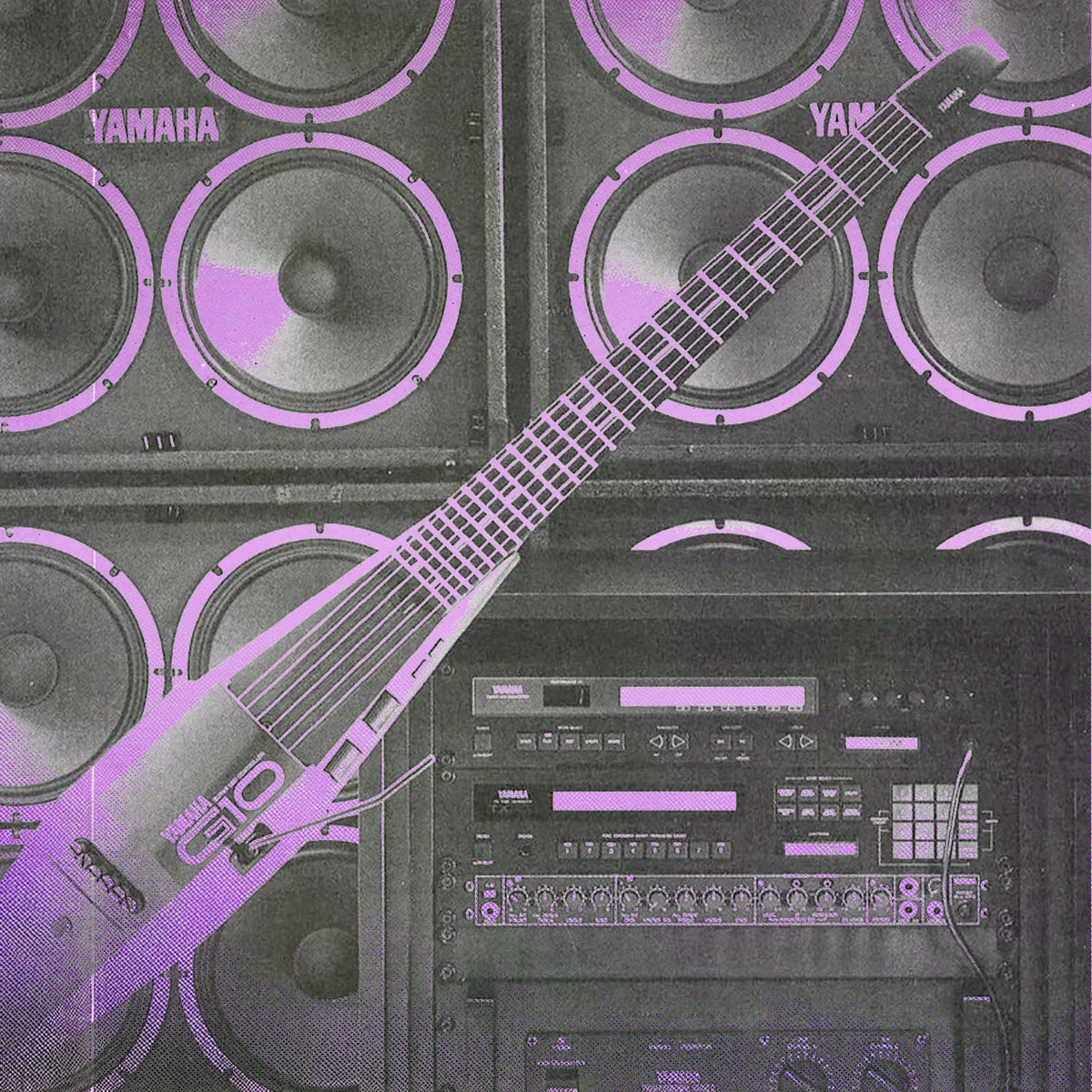
As you can see, there has never been a better time to experiment with the convergence of guitars and synthesizers—today's world is abundant with options for connecting these two worlds. Each option comes with its nuances, which are important to consider for achieving the best results. While it's impossible to cover all the intricacies of various types of setups in this article, addressing a few key strategies and techniques for guitar synthesis can provide a solid foundation for further exploration and improvement.
First, let's emphasize the distinct approaches to guitar synthesis outlined in this article. The interaction between the guitar and the synth circuit can be primarily analog via extracted control voltage signals or digital when the extracted signals are converted into MIDI messages. The guitar-to-synth setup can be monophonic or polyphonic. Monophonic setups typically don't require any modifications to the instrument and can come in the form of a pedal, a module in a multi-effects unit, or software. Polyphonic guitar synthesizer systems nowadays sometimes take the form of complex algorithm/software solutions; however, more commonly, such systems incorporate some non-destructive modifications to the instrument, such as installing a dedicated divided pickup that processes signals per string independently, or less frequently, a scanning fretboard or segmented frets. There are also guitar-like electronic instruments that respond to guitar-playing techniques but are not guitars themselves. Examples of such instruments include vintage models like the Casio DG-20 and Yamaha G-20, as well as the SynthAxe, and modern alternatives like Artiphon's Instrument 1.
One consistent factor across various approaches to guitar synthesis is the importance of playing technique. When activating a synth sound on a keyboard, the action is akin to pressing a switch, albeit slightly complicated by additional measurements of force and pressure. Guitar strings, however, constantly fluctuate when played, measuring frequency, amplitude, and other parameters a continuous process. The way the instrument is played thus becomes crucial for the accuracy of the response, especially with monophonic guitar synths. Articulation and timely muting of unnecessary notes and guitar noises can significantly enhance the output quality. Polyphonic systems are more forgiving in terms of techniques, as pickups in such instruments only receive signals from a single string. Still, one must be mindful of handling noises that may translate into unintended triggering of the synth voices.
Given the vast array of possibilities across the synthesizer sound spectrum, adjusting the playing technique to match individual synth patches is also important. It should be quite apparent that a slowly evolving textural sound requires a different playing style than a funky bassline. Spending time with a given synth patch to understand the best way to interact with it can be highly beneficial.
Installation and sensitivity adjustments of divided pickups are also crucial for optimal performance. The hex-pickup should be installed as close to the bridge of a guitar as possible. String vibrations are tighter and more isolated in this position, reducing crosstalk between them and helping the pickup accurately capture the pitch and dynamics of each string. The sensitivity of each pickup to the adjacent string is a balance between minor adjustments of guitar string height, and configurations in an accompanying software. It is necessary to go through this step to ensure consistency in dynamics across all strings, and accuracy of pitch detection.
Non-linear mapping strategies—that is, when properties extracted from the guitar signal are mapped to synthesizer parameters in non-obvious ways—offer a plethora of possibilities. For instance, the pitch parameter can be assigned to alter the timber of a synthetic tone, change the delay time on an effect, or speed up the rate of a sequencer. Similarly, the onset of a signal could be routed to a clock divider, starting or stopping a sequence or arpeggiator after a set number of hits, or it might be purposefully delayed to initiate a specific process moments or seconds after being detected. The scope of such applications greatly depends on the system being used. While pre-configured guitar-synthesizer systems often come with a specific mapping system that supports certain configurations, they might not support others. In contrast, working with modular synthesizers dramatically expands the user's options, allowing for customized routing of modules. Similarly, software-based or hybrid systems offer immense flexibility, opening up a wide range of possibilities for creative expression.
In conclusion, the evolution of guitar synthesizers has been a remarkable journey, reflecting the broader changes in music technology and expression. As technology has advanced, so too has the capacity for artists to blend the visceral emotion of guitar playing with the boundless possibilities of synthesis. This fusion has not only expanded the horizons of musical genres but also redefined the very nature of sound creation. Looking ahead, the ongoing advancements in guitar synthesis are set to continue inspiring musicians and expanding the boundaries of what can be achieved musically. The convergence of guitars and synthesizers, once a fledgling idea, underscores the dynamic relationship between technology and creativity in the ever-changing landscape of music.

